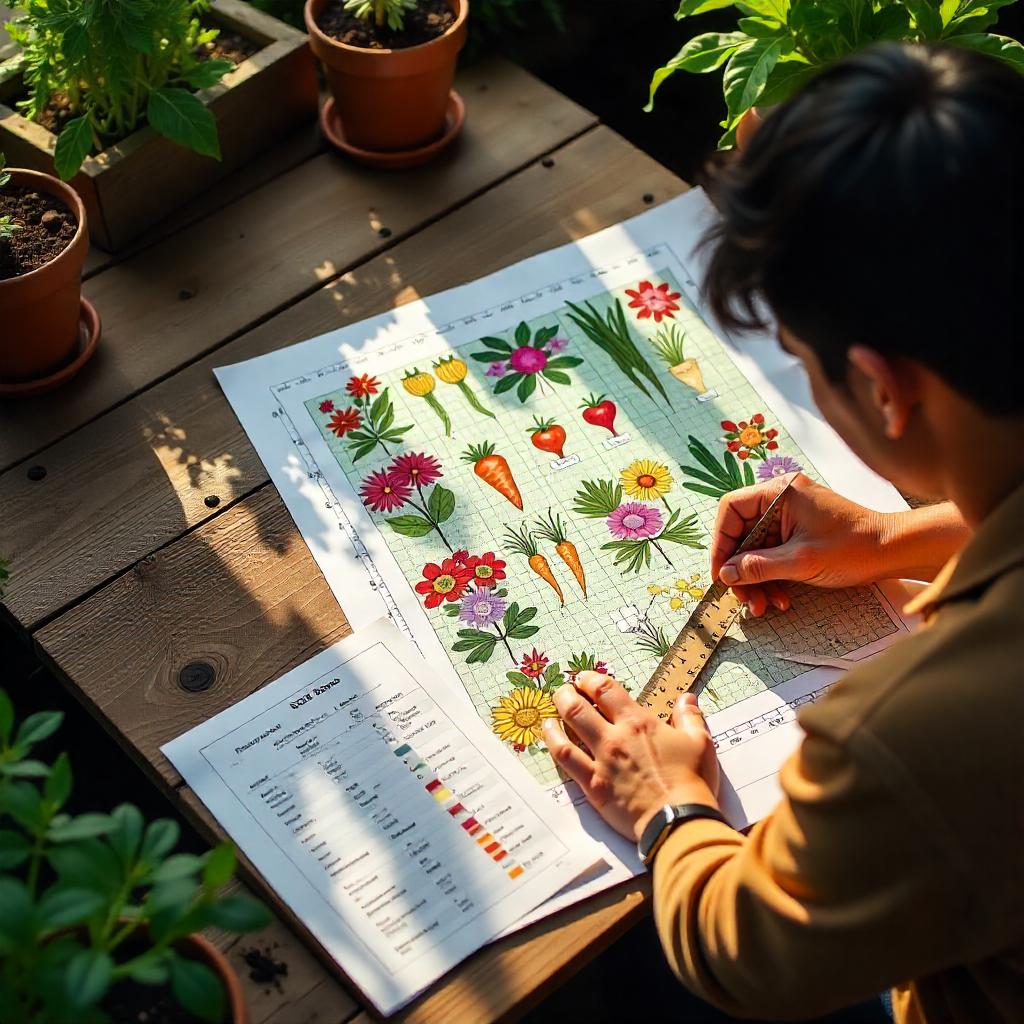
Owning a pet is one of life’s greatest joys, but it also comes with responsibilities—especially financial ones. Just like humans, pets need food, healthcare, and other essentials. Learning how to budget for your furry friend will ensure they stay healthy and happy without causing stress on your wallet.
1. Start with the Basics
Before you dive into pet ownership, it’s important to know what the basics cost. This includes food, water, toys, and regular vet visits. By having an idea of these upfront costs, you can better plan your budget. A good way to start is by researching the average cost of your pet’s needs and setting aside money each month to cover them.
2. Keep an Eye on Food Costs
Pet food can vary greatly in price depending on the brand and quality. While premium food may offer health benefits, there are affordable options that can still meet your pet’s nutritional needs. Look for sales or buy in bulk to save more. Make sure to choose food that’s suitable for your pet’s age and health condition, and don’t forget to check expiration dates to avoid waste.
3. Vet Visits: Plan Ahead
Routine vet visits are key to keeping your pet healthy. Set aside a small amount each month into a savings account specifically for vet expenses. This way, when it’s time for a check-up or your pet needs a vaccine, you’ll be financially ready. Pet insurance is also something to consider. It’s an additional cost but can save you money if your pet ever faces a medical emergency.
4. Grooming on a Budget
If your pet requires grooming, such as haircuts or nail trimming, you may want to budget for these services. However, if you’re willing to learn, there are DIY options that can save you money. Grooming your pet at home requires some practice, but with the right tools and tutorials, you can reduce the frequency of professional grooming visits.
5. Save on Toys and Treats
Pets love toys and treats, but buying them frequently can add up. Instead, try rotating your pet’s toys to keep them interested without needing to buy new ones. You can also make DIY pet toys using household items, like old socks or cardboard boxes. Homemade treats are another option that can save money and let you control the ingredients.
6. Avoid Impulse Buys
It’s easy to get excited when you see a new pet accessory, toy, or treat at the store. But these impulse buys can quickly throw off your budget. Before making a purchase, ask yourself if it’s really necessary. Prioritize what your pet truly needs rather than what’s trendy.
7. Plan for Emergencies
No one likes to think about their pet getting sick or injured, but accidents do happen. Having an emergency fund set aside specifically for unexpected vet bills is crucial. Even saving a small amount each month can make a difference when an emergency arises.
8. Adopt Don’t Shop
If you’re looking to bring a new pet into your home, consider adopting from a shelter rather than buying from a breeder. Adoption fees are typically lower, and many pets from shelters come already vaccinated and spayed or neutered, which saves on upfront costs.
Final Thoughts
Budgeting for your pet doesn’t have to be complicated or overwhelming. By planning ahead and making smart choices, you can ensure your pet gets the care they need while staying within your financial limits. It’s all about balancing their needs with your resources—keeping both you and your pet happy.
FAQs
1. How much should I set aside for pet food each month?
It depends on your pet’s size and dietary needs, but you should plan to spend around $20 to $60 a month for food.
2. Is pet insurance worth it?
Pet insurance can be worth it if you want to avoid large, unexpected vet bills. It’s good to compare different plans to see if one fits your budget.
3. How often should my pet see the vet?
Pets should visit the vet at least once a year for routine check-ups. Senior pets or those with health issues may need to go more often.
4. Can I save money by making my own pet toys?
Yes! DIY pet toys using items like socks, cardboard, or rope can be a fun and affordable way to keep your pet entertained.
5. What’s the most important thing to budget for as a pet owner?
Healthcare is one of the most important aspects. Regular vet visits, vaccinations, and an emergency fund are crucial to keeping your pet healthy.



